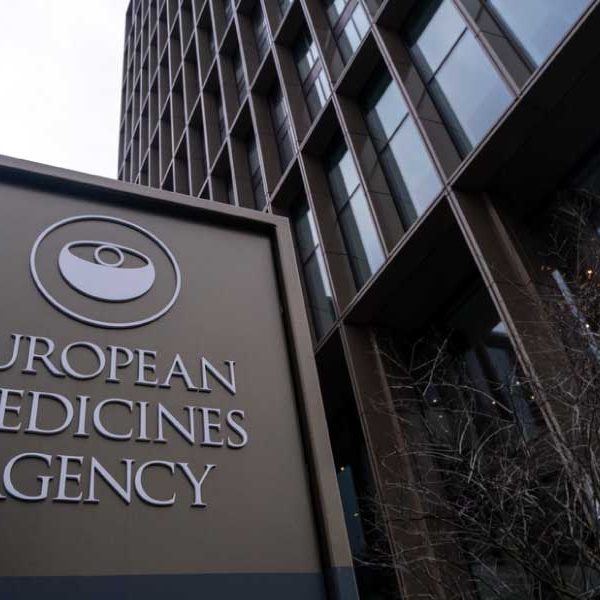Attention Sponsors, Be Prepared to Publish Your Interim Clinical Study Results

Right now, imagining that Sponsors would be required to publish the results of their interim analysis before the end of the study seems impossible. However, this will eventually become an obligation In Europe starting in January 2022. Posting the interim results will be a revolution in terms of transparency and set up a new challenge for Sponsors. Defining the cut-off date for the interim analyses seems pretty easy, as it is mentioned in the protocol, but collecting the data and ensuring the intermediate results are posted within the required deadlines will be more challenging. In addition, Sponsors cannot miss the due date for the posting of interim results as some countries have imposed dissuasive sanctions to prevent unpublished interim results.
ClinicalTrials.gov rules already requires posting results before the end of the study
Have you ever filed a Clinical Trial Form in ClinicalTrials.gov? If so, you have probably been confronted with the question that all clinical teams have to answer while filing: “what does the Primary completion date mean?”
A transparency lead may respond with: “in accordance with the definition of ClinicalTrials.gov, the primary completion date is the day that the last intervention was performed to measure the last primary endpoint.” Then, they will likely leave it up to the Clinical Development team to define the actual date itself.
In order to understand and come to an agreement on the exact definition, a long discussion might have to take place between the Legal, Clinical Development, Clinical Operations, and Medical Writing departments.
This may lead to months of discussion and escalation to Senior Management for a decision. An agreed upon definition for the primary completion date is a good start, but you are not done there. The transparency lead will then turn to Clinical Operations to provide the corporate definition, and they will have to understand how to capture it in the Clinical Trial Management System. When the primary completion does occur, the transparency lead has 30 days to report the date on ClinicalTrials.gov.
Why is this date is so important in ClinicalTrials.gov? This date is key because it triggers several clinical trial transparency requirements for posting the results summary, protocol, and statistical analysis plan (SAP) onto ClinicalTrials.gov. Furthermore, there is also a requirement to capture the study completion date (or Last Visit Last Patient date). This is one of the easier dates to capture as the study has ended.
What’s happening in Europe?
The current situation in Europe is simple and there is no obligation to capture the primary completion date, as the primary completion date is US specific. In fact, this definition does not exist in the current European regulation.
In Europe, the Sponsor will have to post the results summary in EudraCT (the European public registry) one year following the completion of the study (or six months if children took part in the study). This may be easy for a clinical operations team right now, but it might become more challenging in the future.
In 2022, the New European Clinical Trials Regulation will raise transparency obligations to an unprecedented level.
New transparency obligation: Posting of Interim results becomes mandatory
The purpose of a clinical trial protocol is to answer one or more research questions. Data is collected as the trial progresses and, in some cases the protocol may define specific timepoints or interim data milestones where a data cut is made and the data is analyzed. This information is important and used by the research team to advise on how the research should progress (continue with modification or end early for example).
As of today, there is no obligation to make the interim results public. Disclosing the interim results is at the discretion of the sponsor, so unless the Sponsor voluntary decides to publish these results in a scientific journal, the public will have no access to the interim results. However, in 2022, this will no longer be the case.
Article 37(8) of the EU CT Regulation creates the obligation to disclose the results of every intermediate analysis planned in the protocol.
For phase 1, the posting timeline will be up to 30 months after the intermediate analysis.
For later research phases, Interim results must be published 12 months after the intermediate data analysis date.
Obtaining the interim results of each study is going to be a major change in terms of clinical trial transparency and clinical intelligence.
It will also have a major impact on clinical operations teams, because here too, the question will have to be asked: how do we capture the dates of the interim analyses in order to ensure that the summaries of the interim results are published at the right time on the future European Clinical Trials Portal?
Automation is key
In order to ensure consistency, accuracy and compliance, the answer is to automate the posting of interim analysis activities.
- It starts with the protocol. Make sure to define the events well to identify their date of occurrence.
- Update your internal Clinical Trial Management System (CTMS) and create a transparency sheet with all the information needed for collection in the different public registries.
- Finally, connect the CTMS to public registry management software like TrialAssure REGISTRY and TrialAssure BEACON in order to automatically push the data to this transparency software to generate compliance alerts. This will allow you to initiate the workflow and ensure that the interim results will be posted in time.
- Additionally, it helps to follow up with the medical writing team to ensure that interim results summaries are posted 12 months after the cutoff date.
The article 37(8) is just one provision in the 99 articles of European Clinical Trials Regulation. This EU Clinical Trials Regulation has not finished surprising our industry.
For additional questions on the EU Clinical Trials Regulation, fill out this form and we’ll connect you with a transparency expert.











